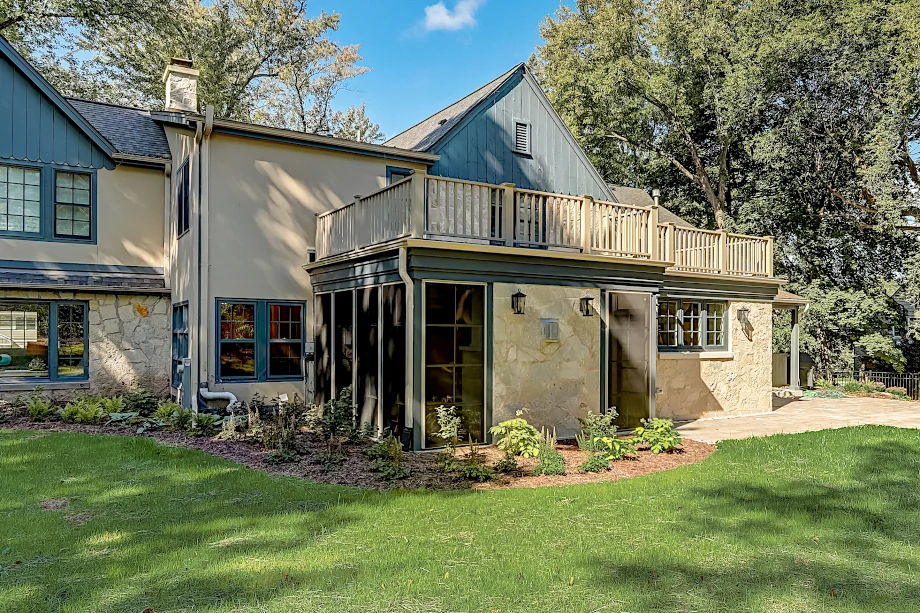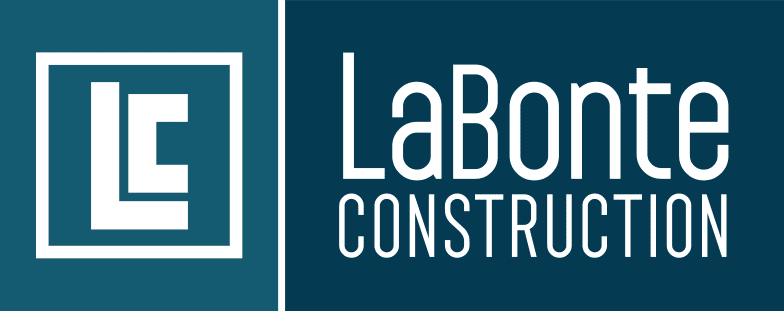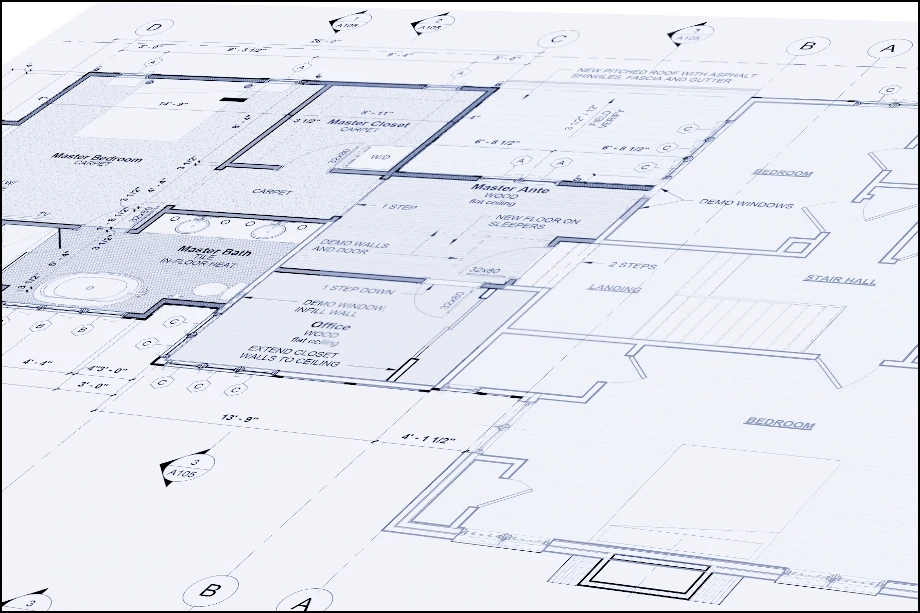Home remodeling projects in suburban Milwaukee or other small Southeastern Wisconsin communities often require approval of an architectural review board.
In a large city like Milwaukee, homeowners are generally free to update their property without major limitations. But in HOA communities and many smaller municipalities, architectural review boards must approve planned exterior changes before work can begin.
Fortunately, LaBonte Construction is experienced in working with municipalities to facilitate architectural approvals.
What is an Architectural Review Board?
An architectural review board (ARB) ensures that construction and structures comply with standards of architectural quality, consistency, aesthetic design, and finish.
So a change as simple as painting your house a different color must be approved in many jurisdictions.
What Remodels Need Architectural Review Board Approval?
While all ARBs have their own requirements, this list from the River Hills Building Board Application Checklist can provide a general idea. But you must contact your jurisdiction and follow their requirements.
| Approval needed | Approval not needed |
|---|---|
| · New Home · Caretaker Home · New Garage (attached & detached) · Additions · Front Entry · Sheds · Pool House · Pools and outdoor spas · Fences · Entry gates · Driveway piers · Garden/Patio walls (4’ or taller) · Built in Outdoor Kitchens · Gazebos · Decks · Dog kennel · Tennis Courts · Berms over 4′ in height · Lamp posts & other exterior lighting · Siding (new material or color) · Roofing (new material or color) · Windows (new material or color) · Chicken Coop · Horse Barn · Solar panels and arrays · Large landscape projects · Pond |
· Interior Alterations · Driveways · Patios · Garden/Patio walls (3’11” or shorter) · Siding (same material & color) · Roofing (same material & color) · Windows (same material & color) |
The Whitefish Bay Example
The Whitefish Bay approval body is the Architectural Review Commission. It exists “to ensure that all construction and structures within the Village meet minimum standards of architectural quality, consistency, aesthetic design, and finish.”
Their goal is “the perpetuation of the Village character and atmosphere, preservation of existing property values, and enhancement of the desirability of the Village as a residential community.”
They closely examine every proposal. It recently required a homeowner to change a proposed awning window to double hung to match the home’s other windows.
Architectural Review Board Process
The following information is adapted from Whitefish Bay’s Application Checklist.
Pre-Development Conference
All petitioners must contact staff at the beginning of the design process. This pre-development conference identifies issues early on and sets realistic expectations based on village ordinances, regulations, and design guidelines (Chapter 16 Article XVI).
Architectural Review Board Application Requirements
The following information must accompany applications:
- One complete set of full-size drawings at ¼” scale (sheet size of 24″x36″).
- 7 complete sets of drawings reduced to 11×17″ (scalable if possible).
- 2 copies of colored elevation(s) or rendering.
- Samples of all exterior finish materials brought to meeting.
- PDF set of plans provided either via a flash drive or email.
Submittal Materials
Required drawings of all new structures, additions or remodeling:
Plat of Survey
Must include all property lines with distances and bearings, North arrow, exact location of all existing and proposed buildings, parking areas, drives, public improvements, easements, required setbacks, existing trees, grades at one-foot intervals and other key features of the site.
Site Plan
Must include all property lines, North arrow, zoning setbacks, all utility and access easements, the location of all existing and proposed buildings or additions including all roof overhangs, all hard surfaced areas, swimming pools and other accessory structures.
Floor Plans
Must include all floor plans of the proposed building. Each plan must include a North arrow, complete dimensions and include room names for each space. In the case of an addition, each room should be tagged either existing or new. For a detached garage, a separate plan, fully dimensioned, must be included.
All Elevations
Must include full elevations of all sides of the structure, drawn to scale and including soffit and ridge heights. If a building element may be skewed from another, additional drawings may be required to demonstrate the design. Any proposed building addition or remodeling should be drawn as they relate to the original structure, clearly illustrated as new building. ALL building materials must be identified and noted on each elevation drawing. This includes, but is not limited to:
-
- Type and size of siding.
- Type and size of all masonry, painted or pre-finished products or materials
- Window type, style and material.
- Roofing material, fascia, rakes, soffits, eaves and flashing materials.
Site Data
The information provided must be from the WFB Assessor’s WFB Assessor’s Parcel information Report. Enter the information on the design area information worksheet given at the Pre-Development Meeting.
-
-
- Dwelling and accessory square footages (existing and proposed).
- Floor area ratios for subject property (existing and proposed).
- Heights for subject property (existing and proposed).
- Setbacks for subject property.
- Floor area ratios for properties in the design area.
-
Streetscape Elevation
(Required for all new homes, demolitions, major remodeling and additions). Must be reasonably accurate, including “streetscape” elevation of the proposed project and adjacent structures as discussed with the building inspector. Projects involving demolition of an existing structure require an additional “streetscape” elevation of the existing and adjacent structures.
The streetscape should also include the top of foundation heights for the proposed project and the adjacent structures. (2 copies required). Encouraged, not required: a streetscape perspective for the proposed project, including the adjacent structures.
Supporting Documentation
All information related to the project that the applicant may deem as pertinent, including background or historical information on the property or letters from the neighboring residents.
Photographs
Provide colored pictures of ALL sides of the existing dwelling and accessory structures. Also, provide a colored picture of the front of each house in the “design area.” The homes in the design area must be clearly labeled by address. (2 sets of color copies).
Drainage
Grading of lots—the plans shall show current and proposed grades of the lot . . . and of immediately adjoining properties in sufficient detail to indicate the surface water drainage before and after completion of the grading. No permit shall be issued if the erection of the building and the proposed grades shall unreasonably obstruct the natural flow of water from the surface of adjoining property or obstruct the flow of any existing ravine, ditch, drain or storm water sewer draining neighboring property, unless suitable provision is made for such flow by means of an adequate ditch or pipe, which shall be shown on the plans and shall be constructed so as to provide continuous drainage at all times.
On larger projects the drainage review will be deferred to the engineering department. It will need to be completed prior to permit issuance not the ARC approval.
Other Information
Required by Building Inspector (as determined at the predevelopment conference) (This is used to determine general compatibility with the “Design Area”)
-
- Front Yard Setbacks of all design area homes.
- Side Yard Setbacks of all design area homes.
- Heights of all design area homes.
Stake the Site
Stake the footprint location of all new residences, additions, and accessory buildings. Ribbon at least two inches wide and of a bright color must be strung to represent the perimeter or outline of the building. The site should be staked at the time of the submission, for staff and the Architectural Review Commission to visit the site.
Milwaukee-area architectural review board links
Note: Following are links that were readily available online. If your community is not listed here, you must contact your local government to be sure of their requirements.

- Bayside
- Brookfield (town of)
- Elm Grove
- Fox Point
- Franklin
- Germantown
- Grafton
- Historic Third Ward
- Menomonee Falls
- Mequon
- Milwaukee
- Muskego
- New Berlin
- Oconomowoc
- River Hills
- Shorewood
- Sussex
- Wauwatosa
- Whitefish Bay
Architectural Review Board: Conclusion
An ARB helps maintain a community’s architectural quality, consistency, and aesthetic design, but it’s also a burden for home remodeling. Fortunately, LaBonte Construction is experienced in working with municipalities to facilitate architectural approvals.

When you’re ready to discuss your home remodeling project, contact us. LaBonte Construction was voted Best of Milwaukee 2022 in Home Remodeling by Shepherd Express readers.
We also were voted best in the Basement/Rec Room Remodeler, Bathroom Remodeler, and Kitchen Remodeler categories.

